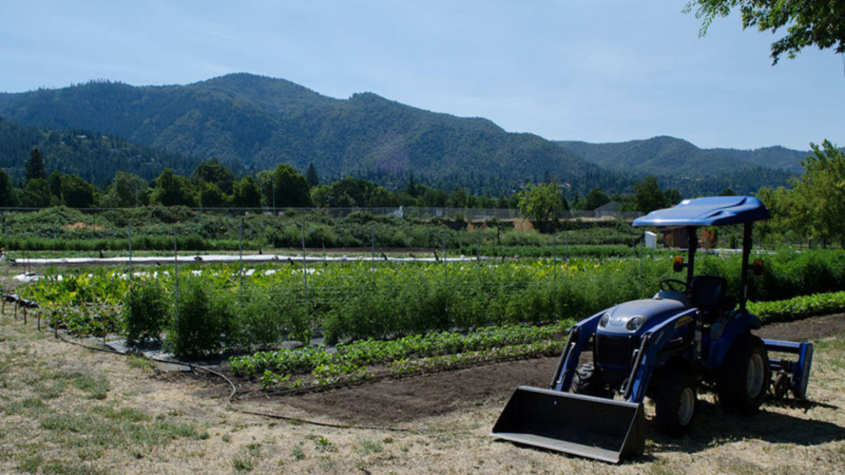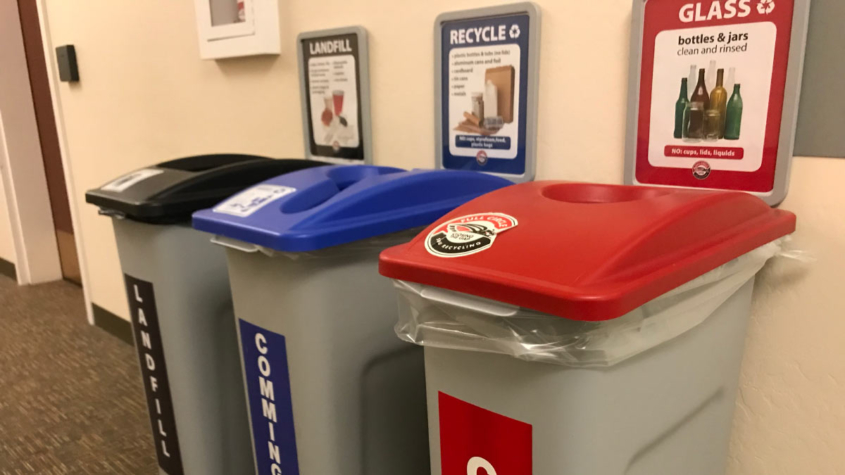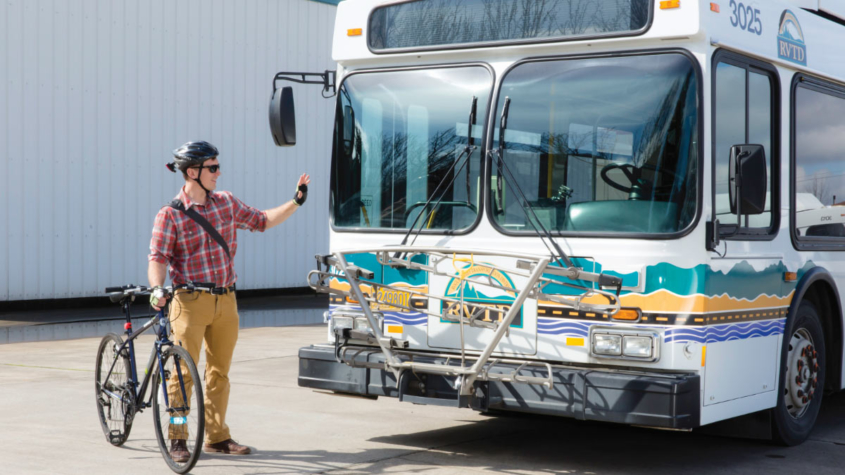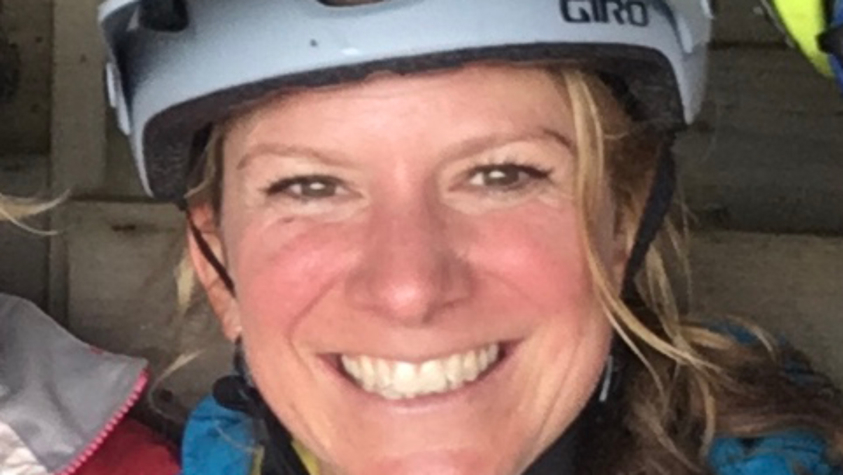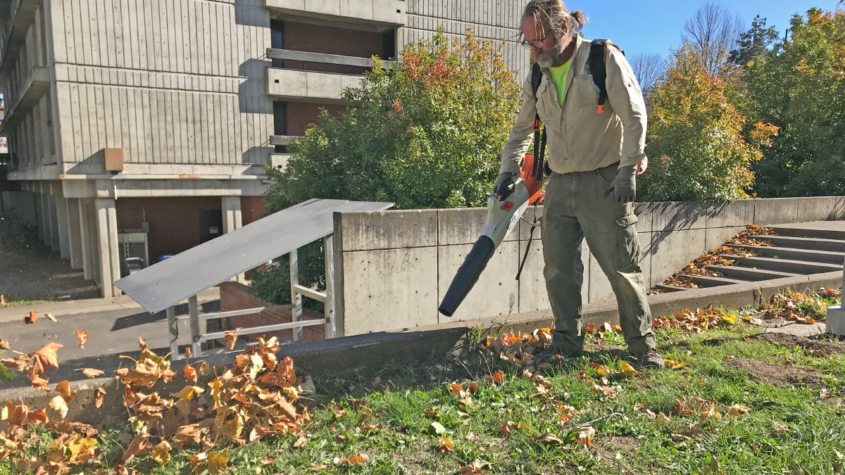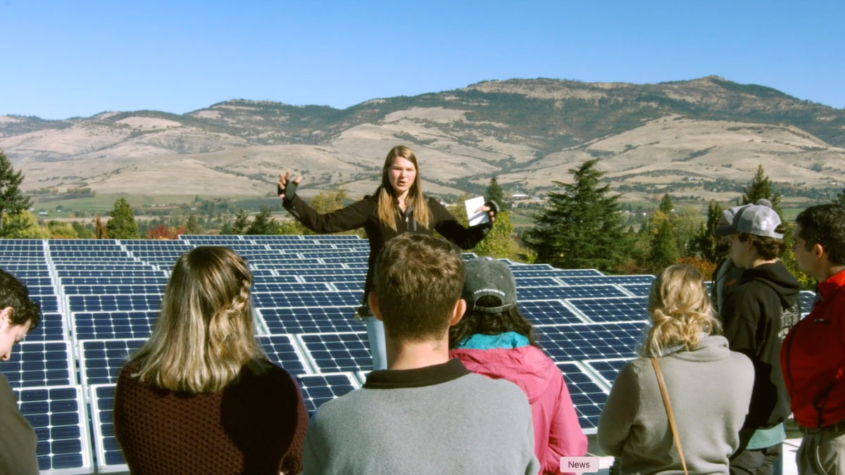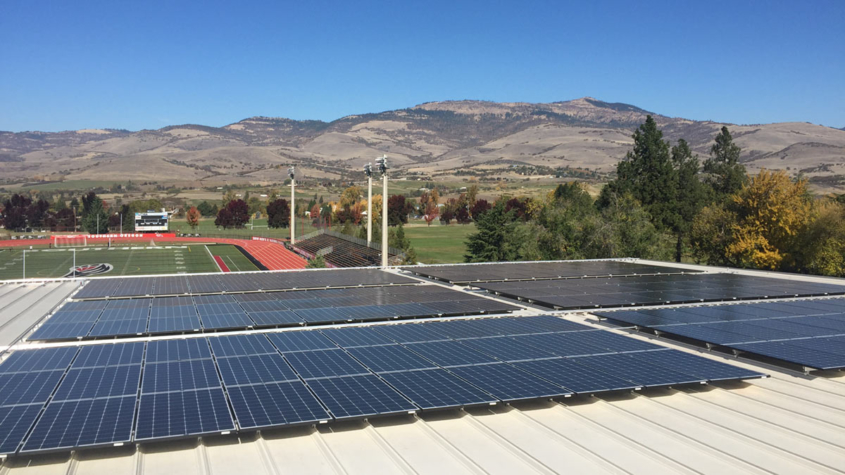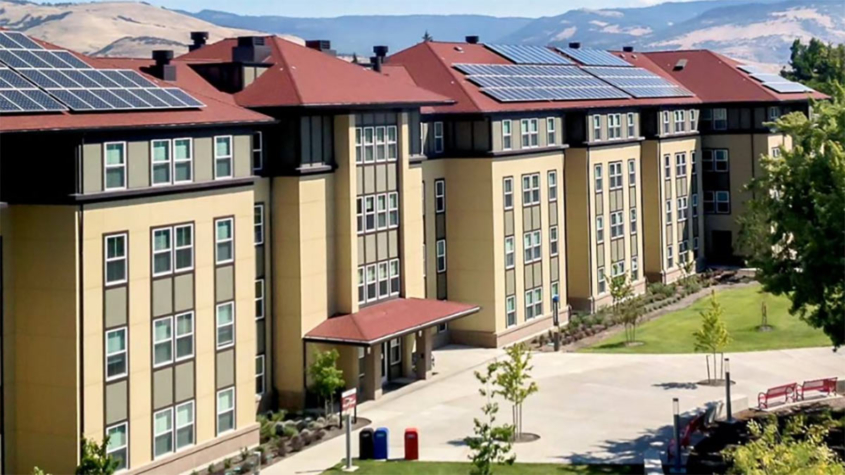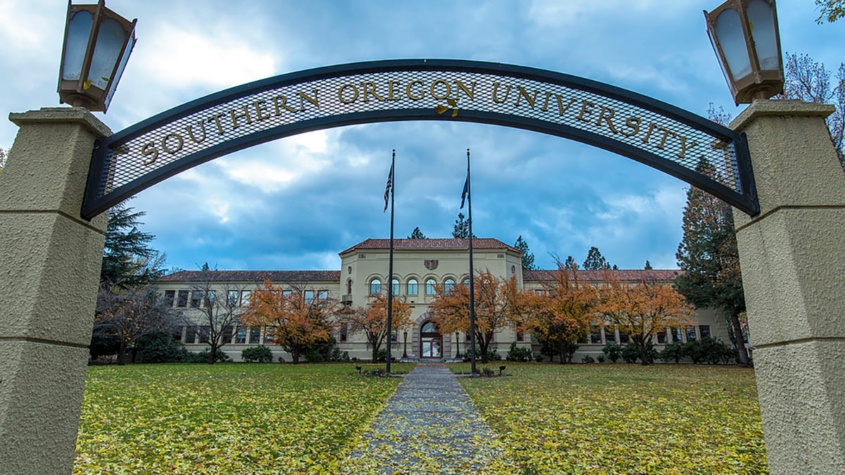SOU shows commitment to sustainability, restoring wetlands at The Farm
Southern Oregon University is demonstrating its commitment to sustainability and helping to preserve a portion of Oregon’s remaining wetlands with its ongoing effort to restore a “wet meadow” at The Farm at SOU.
“We have already noticed impacts from our work,” said associate professor Vincent Smith, director of The Farm. “The area is alive with the sounds of frogs and I personally watched a blue heron land in the site yesterday for a bit of rest.”
The wet meadow was previously overgrown with blackberries and other invasive species, but Smith and his team of 13 student workers have triggered a turnaround at the site. Much of the unwanted brush has been cleared and replaced with wetland plants that are native to the area, and a new boardwalk now extends into the meadow from the adjacent Thalden Pavilion.
“Much of the wetland walkway is now completed,” Smith said. “Students have planted over 100 new wetland plants and work weekly to reduce pressure from invasive species.
“One of the biggest challenges we have faced is the removal of invasive species, namely blackberry, without the use of chemicals.”
Funding for the restoration project has been provided by local philanthropists Barry and Kathryn Thalden of Ashland, whose earlier donation paid for construction of the pavilion that bears their name.
The wet meadow – part of a 5 ½-acre parcel that encompasses The Farm and the SOU Center for Sustainability – will become a hub for research and education when its restoration is complete. Students and community members will have opportunities to observe and research the beneficial ecosystem of a functioning wetland.
Wetlands – areas of land covered by fresh or salt water – used to cover 2.3 million acres of Oregon, and are home to numerous species of mammals, birds, fish and invertebrates. More than a million acres of the state’s wetlands have been lost to agricultural and urban development, leading to issues of water filtration, storm protection and flood control.
About 40 percent of Oregon’s wetlands have been drained, and 22 states have lost at least half of their wetlands.
The Farm’s restoration project has a long way to go – physical removal of invasive species will continue for several years.
“We will not see the full environmental impacts until later this year and next year,” Smith said. “Our construction will limit wildlife returning for now. I expect by late summer, we will begin to see extensive growth of native plants and hopefully begin to see additional wildlife on the site.”
Managing and maintaining the project has been a collective effort. The Farm has hosted seven work days, during which volunteers from SOU have contributed hundreds of hours to site preparation, planting and weeding. Two student interns in particular – Erin Wheeler, an Environmental Science and Policy major at SOU, and Katy Tarr, an intern from Chico State University – have made an impact as leaders of the restoration effort.
“Perhaps one of my favorite experiences during the restoration project so far was watching the two interns leading the project take pictures after planting was completed,” Smith said. “Watching students figure something out in the classroom is a beautiful thing … but watching students accomplish something outside of the classroom is why I come to work every day.”
The Farm, on Walker Street in Ashland, serves as a venue for organic agriculture and a source of healthy, sustainable food for the SOU community.
Story by Kennedy Cartwright, SOU Marketing and Communications assistant and student writer

